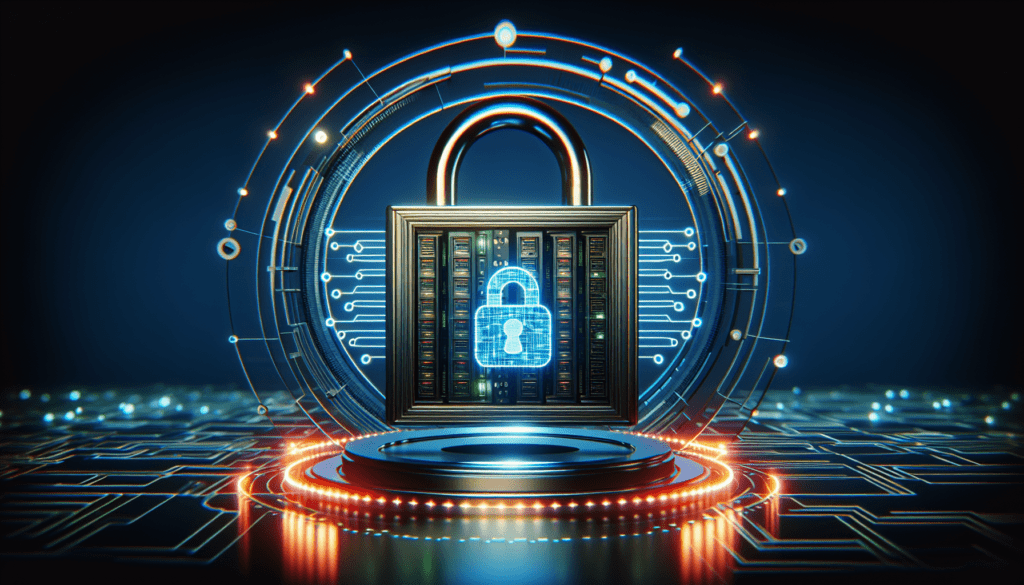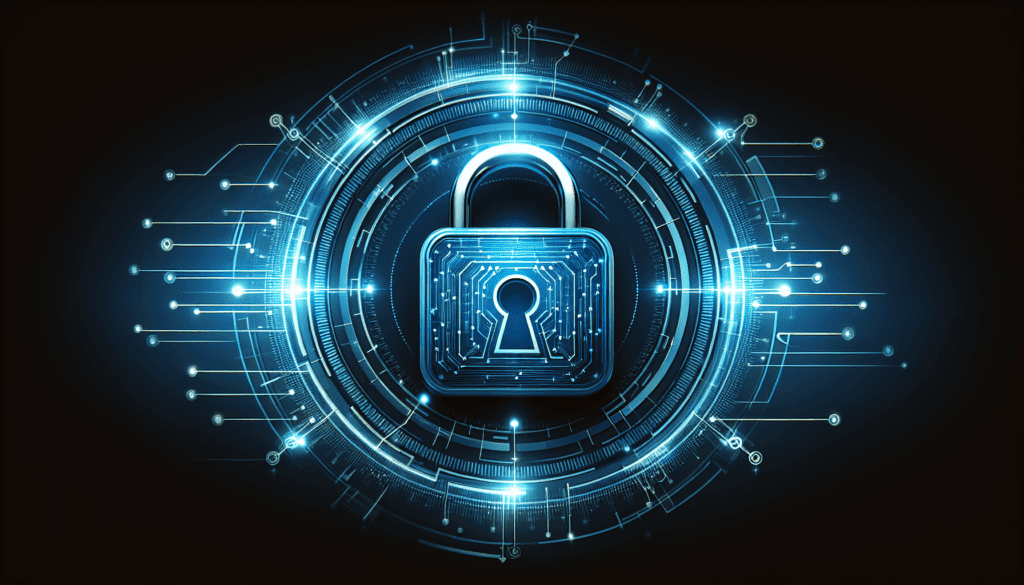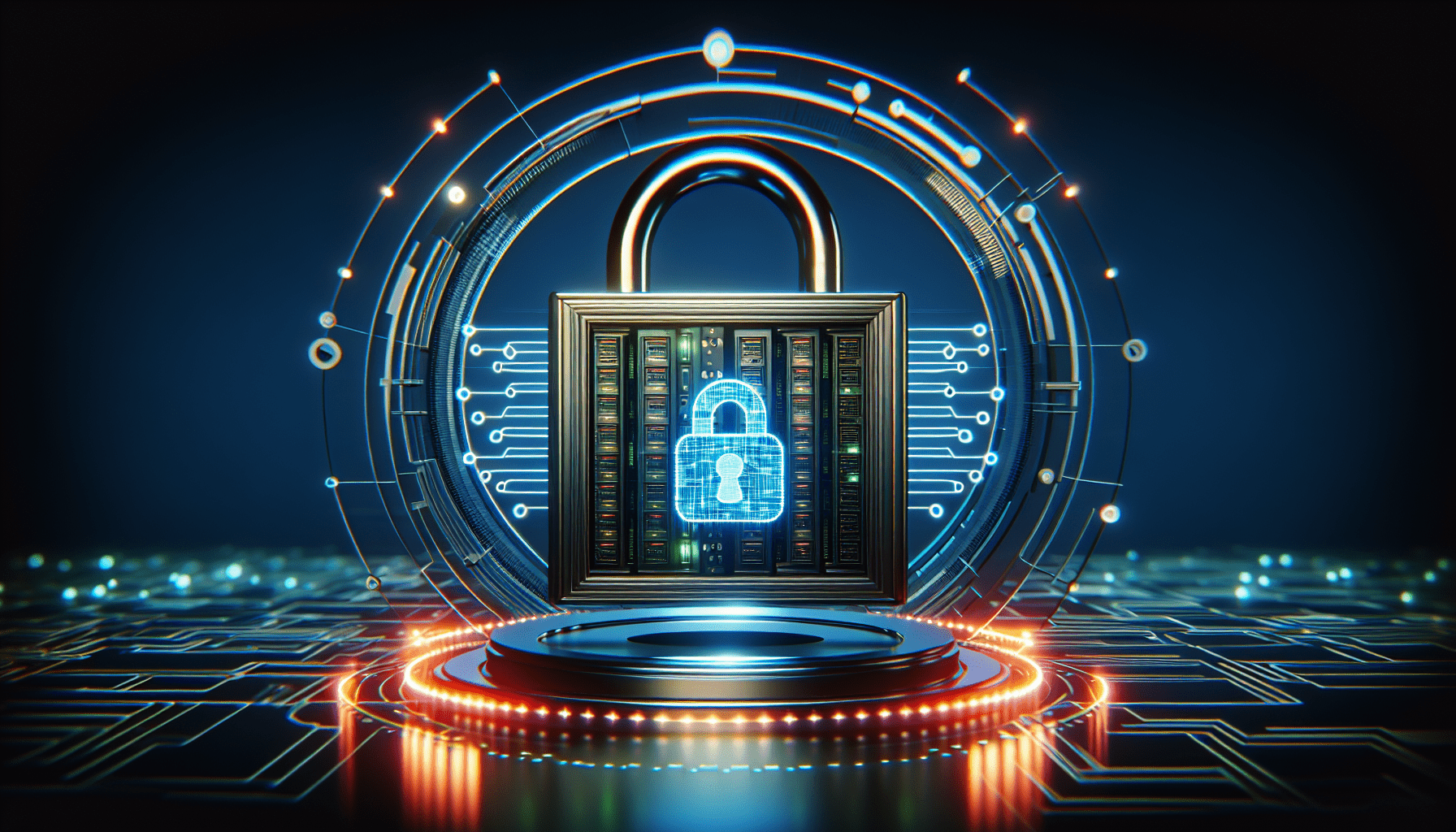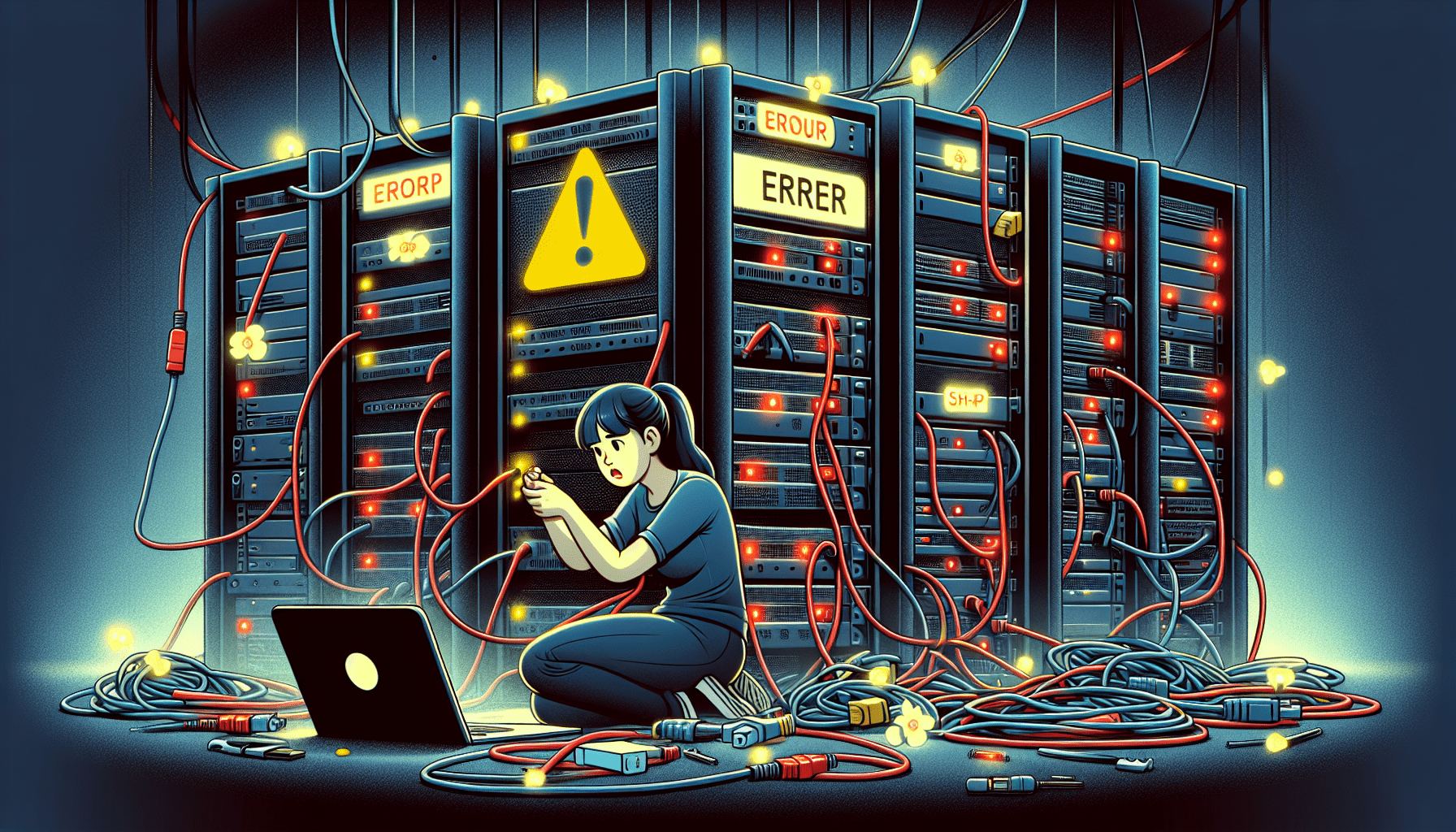Understanding Server Security: A Comprehensive Guide
Have you ever wondered how to keep your server safe from cyber attacks? In this comprehensive guide, you will learn everything you need to know about server security. From securing your networks to protecting your data, we’ve got you covered. Let’s dive in and explore the world of server security together.

Importance of Server Security
Ensuring your server is secure is crucial in today’s digital age. With the rise of cyber threats and data breaches, the integrity of your server can make or break your business. By implementing strong security measures, you can protect your data, reputation, and bottom line.
Common Threats to Server Security
Cybersecurity threats come in many forms, from ransomware attacks to DDoS attacks. Understanding these threats is the first step in safeguarding your server. By recognizing common vulnerabilities, you can better prepare to defend against potential attacks.
Types of Server Security Measures
There are various security measures you can implement to protect your server. From firewalls to encryption, each measure plays a crucial role in safeguarding your data. By using a combination of security tools, you can create layers of defense to deter hackers.
Firewall Protection
One of the most basic yet essential security measures is a firewall. A firewall acts as a barrier between your server and potential threats, filtering out malicious traffic. By setting up a firewall, you can control incoming and outgoing network traffic, minimizing the risk of unauthorized access.
Encryption Techniques
Encrypting your data is another critical step in securing your server. Encryption converts sensitive information into a coded format, making it unreadable to unauthorized users. By using encryption techniques such as SSL/TLS, you can protect your data from being intercepted or stolen.
User Authentication
User authentication is a fundamental security measure that verifies the identity of users accessing your server. By implementing strong password policies and multi-factor authentication, you can ensure that only authorized users can access sensitive data. Educating your users about the importance of secure login credentials is also key in preventing unauthorized access.

Regular Software Updates
Keeping your server software up to date is essential in patching known vulnerabilities. Hackers often exploit outdated software to gain access to servers, so timely updates are crucial. By regularly updating your operating system, applications, and security patches, you can stay one step ahead of potential threats.
Secure Network Configuration
Securing your network configuration is vital in preventing unauthorized access to your server. By configuring firewalls, routers, and switches properly, you can control the flow of traffic and detect any suspicious activities. Implementing network segmentation can also help isolate sensitive data and limit exposure to potential threats.
Data Backup and Recovery
Backing up your data regularly is an essential part of server security. In the event of a cyber attack or data breach, having up-to-date backups can save your business from catastrophic data loss. Implementing a robust data backup and recovery plan ensures that you can restore critical information quickly and minimize downtime.
Intrusion Detection Systems
Intrusion detection systems (IDS) are crucial in identifying and responding to suspicious activities on your server. By monitoring network traffic and system logs, an IDS can detect unauthorized access attempts and alert you to potential security breaches. Implementing an IDS can help you swiftly respond to security incidents and mitigate risks.
Security Audits and Penetration Testing
Regular security audits and penetration testing are essential in assessing the effectiveness of your server security measures. By conducting thorough audits and simulated attacks, you can uncover vulnerabilities and weaknesses in your system. Addressing these findings promptly can help you strengthen your security posture and enhance your server’s resilience against cyber threats.
Incident Response Planning
Having a well-defined incident response plan is crucial in handling security breaches effectively. In the event of a cyber attack, knowing how to respond and contain the breach is key in minimizing the impact on your business. By outlining clear protocols and procedures for incident response, you can ensure a swift and coordinated effort to mitigate the damage.
Conclusion
In conclusion, understanding server security is essential in safeguarding your data and maintaining the integrity of your server. By implementing strong security measures, staying vigilant against cyber threats, and following best practices, you can enhance your server’s resilience and protect your business from potential risks. Remember, server security is an ongoing process that requires proactive measures and continuous monitoring. Stay informed, stay secure.










